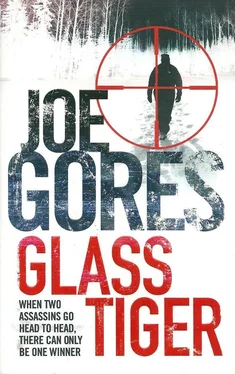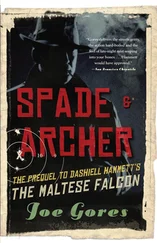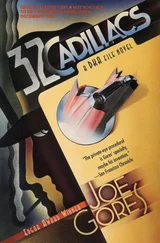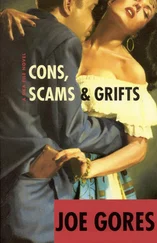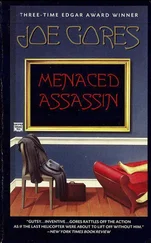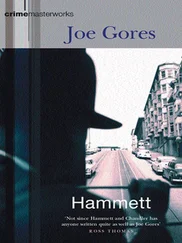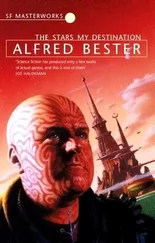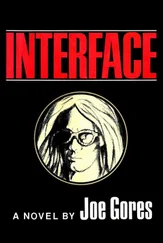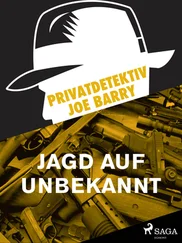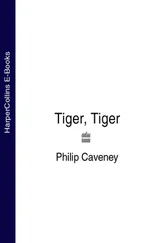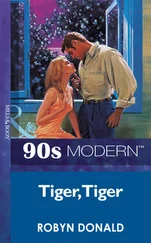Out-thought again. Anger stifled angst. Boldly he leaped up onto the log to examine the tracks. Yes. They went both ways. Corwin had recrossed to the uphill side, had gotten into the water to wade upstream while Thorne went downstream, the sound of his passage masked by water rattling over pebbles.
Corwin came out of the thigh-deep water in a rush. Rolled into a clump of willows on the down-side bank, crushing them slightly, but not enough, he hoped, to attract notice. He let himself relax, became at one with pale stems and pale leaves. His silenced revolver was ready. A quick shadow flitted by overhead and a Steller’s jay landed on a nodding branch over the water, head cocked, staring at him.
Across the stream, the tracker stepped partway out of cover, eyes searching uphill — in the wrong direction. Didn’t realize Corwin had recrossed the stream. The ambush had worked.
Corwin pulled the trigger as the jay yelled and fled. The tracker’s arms flew wide and his cap flew off as he fell in that unmistakable bag-of-bones way that meant a mortal hit, his rifle clattering on the rocks a dozen feet away.
Corwin had seen it a hundred times: a man couldn’t fake a fall like that. He started to wade into the stream to make sure the man was dead. But there was blood on the waxen face, on the rocks under the head, and he was out of time. He melted into the cover on the downhill side of the noisy torrent.
Thorne came out of it slowly. Shooting pain in his head. He didn’t know where he was, had no memory of anything. But his lizard brain down at the base of his skull knew movement might mean death, so he just opened his eyes without moving his head. Above him, sunlight through hardwood branches, pine boughs. Not Panama. Not Africa. Not the desert. The sound of an endless freight train rolling by was a rushing torrent. The mountains.
It was coming back, in fragments. A muted POP like a breaking twig. Ambushed. A home-made silencer, empty soda bottle, water bottle, one shot only. Corwin! How long had he been out? Fifteen, twenty minutes? Why had he been unconscious?
He sat up, slowly. Abominably aching head. His cap was a yard away, his rifle a dozen feet away. Must have thrown his arms wide as he went down. Blood on the rocks. Carefully probing fingers found a flap of loose skin on his forehead. Hit his head as he fell. He looked across the rushing stream. A crushed clump of willows on the other side.
How had Corwin missed at a range of six yards?
Then he heard again the Squawk! and midnight flash of Steller’s jay and Yes! More pieces slipped into place. Alerted, he had been letting himself go limp and fall like a dead body even as the slug snatched away his cap. His head hit the rocks, knocked him unconscious. Blood flowed, so he really did look dead. And Corwin hadn’t wanted to risk a second, unmuffled shot.
Thorne stood up, dreadfully dizzy, squinched his eyes at his watch. One-eleven. The speech was scheduled for three p.m. Follow the stream down the slope. Hurry!
Corwin dropped awkwardly into his spider hole, unslung the rifle from his shoulder and leaned it against the rock wall still in its carry-case. He rested his butt against the same wall, hands on knees, panting. He was winded but here. Unseen. He reached under the overhang to bring out his tripod and set it up.
He slid his bolt-action model 70 Magnum, made by Winchester in 1951, often called the Rifleman’s Rifle, from its worn fleece-lined soft-leather carry case. Its metal was heat-treated to withstand the high temperature of thousand-yard shooting. Already attached was his old tried-and-true Unertl 36-power scope that was nearly as long as the rifle barrel. Already sighted-in.
Finally, he attached the rifle to its tripod. Took out his H & H Magnum shells in .300 caliber with their four-inch-long Sierra 280-grain slugs. He slid a single shell into the chamber. He didn’t plan on needing more than one.
Thorne glassed the meadow far below. There were Hatfield’s FBI Hostage/Rescue boys right where they were supposed to be, 750 yards out from the empty podium — facing the wrong way!
And somewhere among those tumbled boulders and sharded granite and twisted pine shrubs above them, between Thorne and the Feebs, was Corwin, prepping his shot. Thorne’s self-delusions were gone. He had always known, deep inside, that he would be brought to this. Him or me. Or be Sharon’s glass tiger and let the president die.
Not quite mugging for the cameras, President Gus Wallberg shook hands with Ranger Rick and Sam Jones beside the steel-barred cages that held Smokey and Pooh. He had already chatted and posed with Laura Givens and Sean McLean for the media.
‘We’ll be opening the cage doors to release the bears when you start your speech, Mr. President,’ Ranger Rick explained.
‘Wait a minute, wait a minute,’ objected Jaeger. ‘At the end of his speech, not the beginning.’
Jaeger could just see a pair of grizzly bears charging the podium in the middle of the President’s speech and being cut down by automatic weapons fire on the six o’clock evening news.
‘We know these two bears really well, sir,’ said Rick. ‘We’ll have to coax them out. The timing will work out.’
Wallberg wasn’t so sure. Vicious black deerflies buzzed around them, and he had forgotten that wild things smelled so... well, wild. He gladly started away, encased by a moving diamond of Secret Service agents.
Jaeger had been right. If Corwin was lurking here, he would die. Nothing bad could happen to Wallberg on this day.
Corwin was in the classic prone, the rifle rock-steady on its tripod. He moved his optic almost leisurely across the assemblage in the meadow below. People filled his scope.
The president had just mounted the viewing platform where the governor of Idaho was stepping toward the podium to introduce him. Jaeger waited to the president’s right in an almost belligerent pose, Crandall beside him in a similar stance. To Wallberg’s left, slightly behind, were his wife and Quarles.
Corwin was in the zone: as he waited for Wallberg to approach the podium, his pulse dropped into the low sixties that he knew from a lifetime of experience gave him his best shots.
This was the shot of that lifetime.
Thorne’s only edge was that the most deadly shot, the head-shot, was also the riskiest. The head was highly mobile and the brain was protected by a great deal of bone. Any slight movement, and a high-velocity round fired at distance could ricochet, even miss altogether. Corwin wouldn’t risk it. He wouldn’t shoot until Wallberg had started his speech, and then it would be a body-mass shot.
But when in the speech? Think, dammit! Of course. Corwin would wait until Wallberg made the gesture any politician on earth made at least once during a speech: turning and raising an arm to shoulder height to gesture. This would expose his underarm. A shot into the underarm vent of the Kevlar protective vest would rake the chest and explode the heart.
And where was Corwin? At 950 yards? At 1,195 yards? At 1,210 yards? Or at some site Thorne had never even considered? As Morengaru had taught him, he closed his eyes to look through the tracks to the animal he was stalking. Here, he was stalking himself. Where would he fire from?
He opened his eyes. If he had Corwin’s genius behind the gun, he would take his shot from 1,210 yards out.
Thorne scrambled down through the rocks, rifle in hand, striving for speed and silence at the same time. He was staking everything on a tumble of boulders about a hundred yards above the 1,200 yard ravine where he now believed Corwin was hidden.
Corwin’s breathing slowed. He moved his scope across the assemblage one more time, then back to his target. Everything fell away. Against all conventional wisdom, he would shoot just as Wallberg started his speech, and it would be a head shot.
Читать дальше
